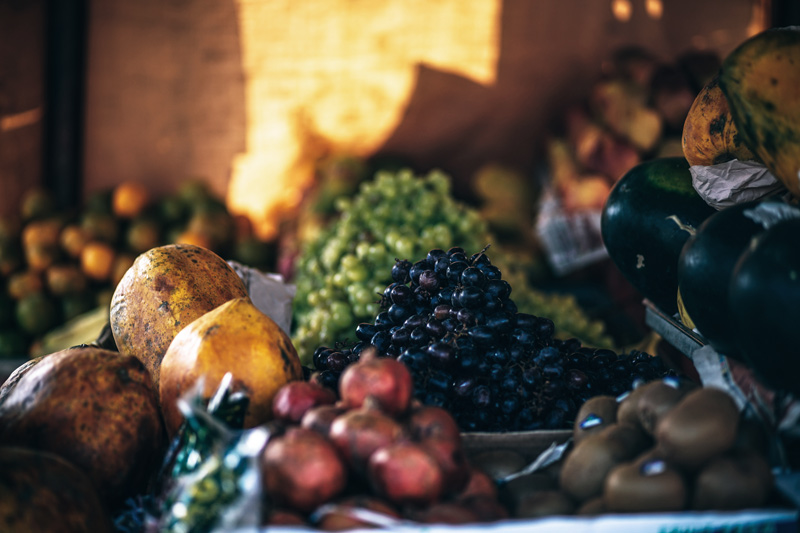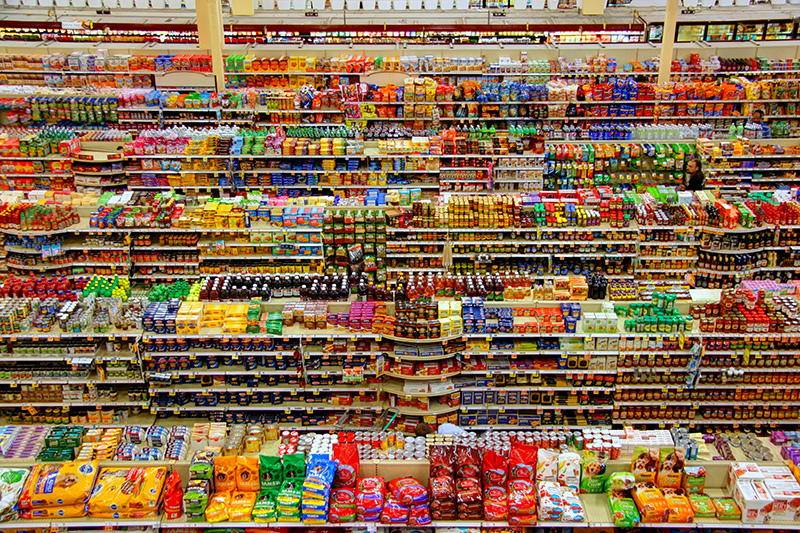,,
We’re used to thinking that we live in a golden age when it comes to… well, EVERYTHING. But take a quick look around you and you’ll see that at least when it comes to human health, progress has not always followed an upward trajectory.
As a Nutritional Therapy Practitioner and mother, I find it deeply troubling that so many people, adults and children, suffer from chronic conditions nowadays.
The situation is pretty dire: in the United States, 1 in 2 adults live with a chronic disease, and 1 in 4 have multiple chronic diseases. In France, a country of 67 million people, 20 million are diagnosed with a chronic disease. These numbers are truly mind-boggling.
Largely the byproduct of our modern lifestyle, we’re talking conditions like prediabetes and diabetes, overweight and obesity, hormonal imbalances, environmental allergies and asthma, food allergies and intolerances, autoimmune conditions, cancer, mood disorders like depression and anxiety, and the list goes on…
Remember when Type 2 diabetes used to be called adult-onset diabetes? When so many children and young people started developing it, that name didn’t sound so appropriate any more. ?
Common… but not NORMAL
And you know what’s even sadder? Most of us have learned to live with our various issues (whether we have a diagnosed condition or not), thinking they are our genetic destiny, just a “part of who we are”.
But let me say it loud and clear: living this way is not our birthright!
It may be common but it sure ain’t normal.
Much of what we suffer from today is directly linked to how much we’ve swayed from a diet that is appropriate for us homo sapiens.
And the most straightforward path to start healing is adopting a real food diet that is high in nutrient density, meaning it is rich in building blocks like protein and amino acids and also micronutrients like vitamins and minerals.
Here’s why that is so important: your body, with its every cell, every organ, every metabolic and enzymatic process, relies on the nutrients it derives from the food that you eat. So the more nutritious your food is, the easier it is for your body to function like it’s supposed to.
Sounds like common sense right? But for so many of us, it is far from our daily reality!
So what does eating this way look like, you ask?
The idea of “real food” sounds deceptively simple but in our modern food landscape, the signal has been completely scrambled.

Not exactly what we mean by “eating the rainbow”
A beguilingly simple definition
As one of my favorite authors, Michael Pollan puts it, real food does not have a long ingredient list, isn’t advertised on TV, and is stuff that your great-grandmother would recognize.
We’re talking, unprocessed or minimally processed seasonal whole foods, and meals made from scratch from good-quality ingredients.
For example an actual potato is a piece real food, whereas a bag of chips (and in fact pretty much anything that comes in a colorful crinkly bag) is not!
So where can you find real food? At the farmer’s market, at the butcher shop, at the fishmonger’s…
You can also find it at the fresh section of the supermarket, but be careful there: once again as Michael Pollan explains it, the supermarket can be a very tricky place if you’re trying to find real whole foods because they put lots of temptation (ie processed junk) on the way to the good stuff. If you stick mostly to the perimeter, that’s where you’ll find all the fresh goodness.

But even when you get to the fresh stuff in the store, the battle’s not necessarily won just yet! Have you ever spotted tomatoes or strawberries in the dead of winter?? Just forget you ever saw them! Chances are they’ve come all the way from the other side of the world, have had to be picked unripe to withstand the journey, are nutritionally inferior and bland as a result. Plus not at all good for the planet either!
This is why eating locally and with the seasons as much as possible is important. (Here are some of my tips on where we do our food shopping; you can adapt the ideas to your own local area.)
But of course we’re not looking for perfection (because coffee and chocolate. ?)
Bioavailability matters
Another aspect to consider when it comes to healthy eating is bioavailability. That is just a fancy way of saying that the nutrition in our food is readily available for us to digest.
Something that has fallen out of fashion in our era is the importance of properly preparing certain foods. Staples like grains and legumes are coated in what are called “anti-nutrients”, which are chemical substances (plant toxins, if you will) to resist being digested by animals like us. So they need to go through certain processes such as soaking, leavening, fermenting etc, to be digested better.
This is one reason why eating whole grains, without properly preparing them, is not necessarily a very healthy thing to do.

Soaking kidney beans
What about calories?
One thing you may notice is that I have not mentioned calories so far.
And that is because focusing on calories, ie the energy contained in a food, too often distracts from the real issue. When you’re reducing foods to their caloric content and just talking about numbers, you are creating a false equivalency between all foods. This means you’re able to talk about a Snickers bar and an egg in the same breath… whereas the nutritional value of these two items has nothing to do with one another!
Rather, ask whether the food in question is a piece of real food, if it’s nutrient-dense and properly prepared.
Calories are not completely irrelevant, especially if you have weight issues. In that case it is technically true that there’s an imbalance between the calories you take in and the calories you expend (that much is a law of physics).
But using calories as a tool for eating better or even losing weight is not such a great idea because of all the reasons I mentioned above and may even backfire.
Bottom line
To pull this all together, base your diet on real, whole foods like seasonal fruits and vegetables, including starchy tubers and leafy greens, pasture-raised meat and wild-caught fish, eggs from happy hens, good quality dairy (if tolerated), homemade bone broth, properly prepared nuts, seeds and legumes, perhaps some non-gluten grains, also lacto-fermented foods and drinks…
Once again, eating this way provides the indispensable foundation for optimal health since these foods speak to our bodies in a language they can understand. In other words, eat this way like your life depended on it… because it literally does.
Now head on over to part 2, where I give you some concrete examples of just what to eat!
BOOK your free discovery call!

